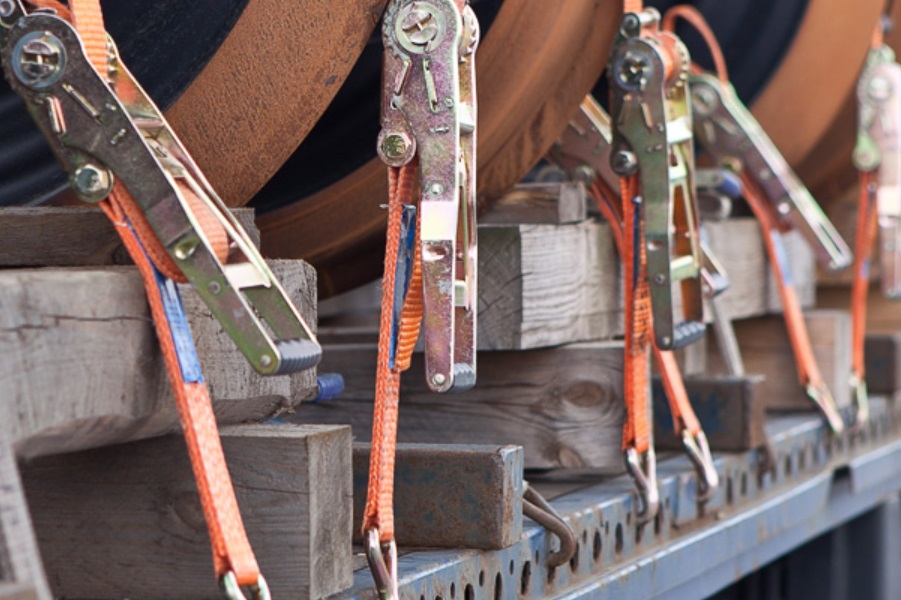Guaranteeing the safety and soundness of your shipment is paramount when consignment commodities or machinery. Accomplishing this objective is the fastening band. A lashing belt from MEF Industrial Solution, also known as tie-down straps or cargo straps, provides a dependable resolution for reinforcing loads during their voyage. These adaptable and durable bands are pivotal in generating tension and proficiently immobilizing the shipment. In order to equip you with the knowledge and skills required for safe cargo delivery, we’ll expertly guide you over the proper use of attaching ensembles.
Grasping the Concept of Binding Bands
Binding bands are pliable strips crafted from long-lasting elements. They integrate mechanisms like cam hinges, allowing the generation of pressure to secure loads firmly. By comprehensively comprehending the diverse varieties of safeguarding straps and their distinct attributes, you can make knowledgeable choices and opt for the most fitting choice for your particular purpose.
Ideal Choice of Safeguarding Bands
Opting for the appropriate safeguarding band is vital to guarantee the security of your load. Consider aspects such as the mass of the goods, the gravitational influences exerted on the load’s midpoint, and the prevailing transportation circumstances. Choose a safeguarding band that matches your unique scenario’s weight capacity and load restrictions. Conduct a thorough examination of the strap’s excellence and resilience, diligently assessing any indications of usage, impairment, or detriment that might undermine its effectiveness. Give precedence to the acquisition of first-rate safeguarding bands from reputable providers of building equipment.
Preparing for Load Securing
Before securing your load, it is vital to inspect the cargo thoroughly. Identify potential risks or vulnerabilities, such as loose or protruding objects, and determine the securing requirements accordingly. Gather the necessary tools and equipment, including lashing belts, suitable anchor points, and any additional accessories needed for a secure load. Planning and strategizing the load-securing process is essential.
Step-by-Step Guide to Using a Lashing Belt
Position the Load and Prepare Anchor Points
Ensure the load is positioned correctly and centered on the transporting vehicle. Identify appropriate anchor points on the vehicle or cargo hold where the lashing belts can be securely attached.
Attach and Tension the Lashing Belt
Securely attach one end of the lashing belt to the anchor point, passing it over or around the load. Insert the loose end of the strap through the ratchet or cam buckle mechanism and begin tensioning by operating the ratchet or tightening the cam buckle.
Secure Additional Anchor Points if Required
For larger or irregularly shaped loads, it may be necessary to secure additional anchor points. Repeat the attachment and tensioning process to ensure optimal load stability.
Properly Tighten and Lock the Lashing Belt
Continue tightening the lashing belt until the load is firmly secured. Engage the locking mechanism on the ratchet or cam buckle to prevent any slippage during transit.
Best Practices for Load Securing
Distribute the Load Evenly and Minimize Movement
Maintain balance and stability by properly distributing the weight of the cargo. Utilize dunnage or blocking materials to prevent shifting or sliding during transport.
Understand the Angles and Forces Involved
Consider the forces that may act upon the load, such as acceleration, deceleration, or sideways movement. Account for these forces when tightening the lashing belts to maintain load integrity.
Visit MEF Industrial Solution if you want professional construction tools suppliers.

Baseball fan, risk-taker, band member, Vignelli fan and HTML & CSS lover. Doing at the nexus of aesthetics and purpose to create great work for living breathing human beings. My opinions belong to nobody but myself.



